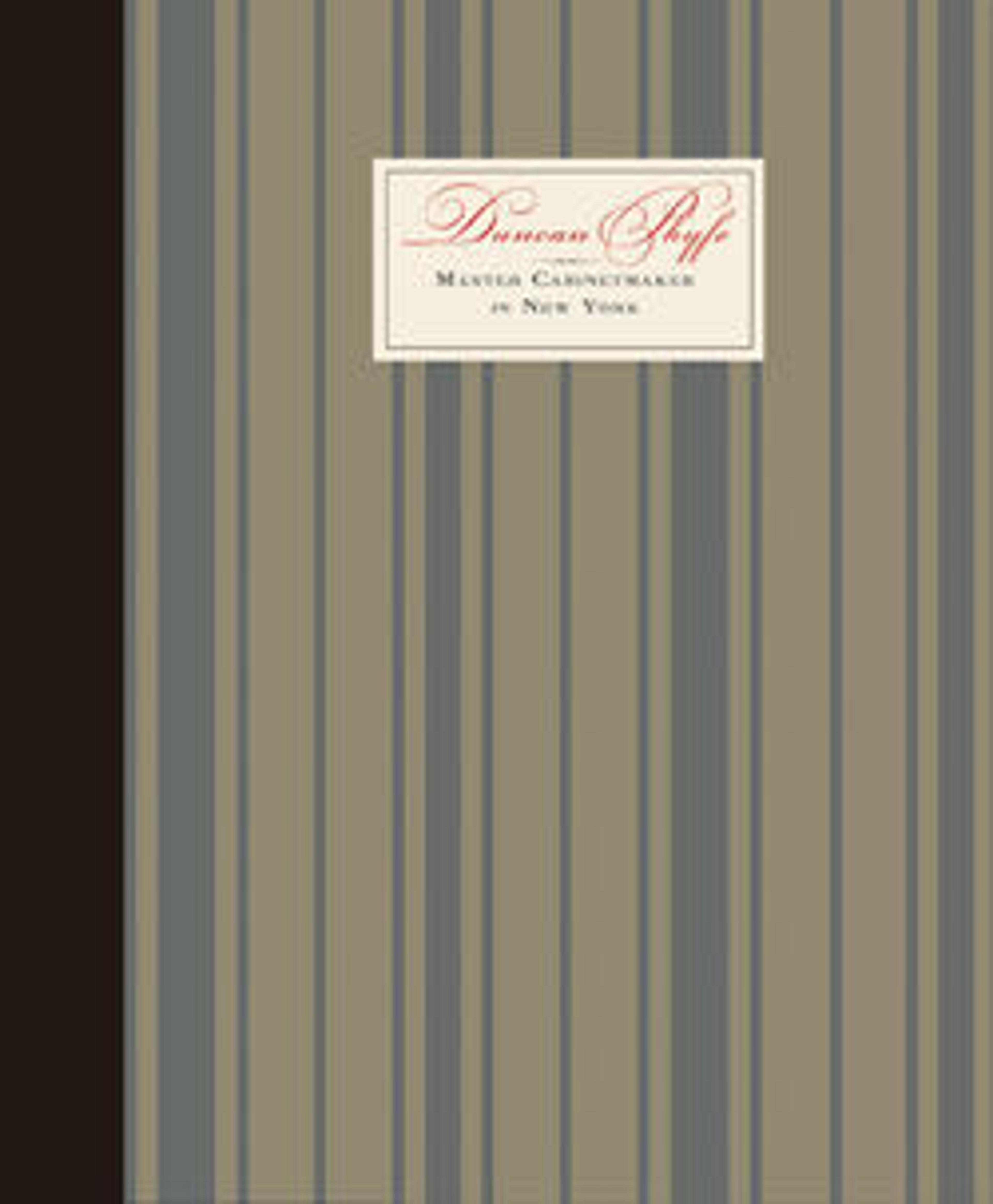Secrétaire à abattant
The rippling figure of mahogany veneers sheaths the Classically inspired columnar supports and architectonic mass of this secrétaire à abattant, or "French secretary" according to the 1834 New York cabinetmakers’ price book. In the 1830s and 40s, the Phyfe workshop embraced the revival of Grecian designs and use of flashy veneering techniques popularized by their French counterparts. The Phyfe workshop produced very few secrétaires but may have based this form on number 368 of volume one (1813-1815) in Pierre de La Mésangère’s Collection de Meubles et Objets de Goût (1820–1831). The secrétaire employs sophisticated hardware such as spring-locked drawers for the safekeeping of valuables and a drop-fron with a weighted iron balance hinge.
Artwork Details
- Title: Secrétaire à abattant
- Maker: Attributed to the Workshop of Duncan Phyfe (American (born Scotland), near Lock Fannich, Ross-Shire, Scotland 1768/1770–1854 New York)
- Maker: or attributed to D. Phyfe & Son (1840–1847)
- Maker: or attributed to Duncan Phyfe & Sons (1837–1840, active New York)
- Date: 1835–47
- Geography: Made in New York, New York, United States
- Culture: American
- Medium: Mahogany, mahogany veneer, yellow poplar, white pine, gilded brass, mirrored plate glass, marble, ivory
- Dimensions: 62 x 39 1/4 x 18 7/8 in. (157.5 x 99.7 x 47.9 cm)
- Credit Line: Purchase, The Manney Collection Gift, 1983
- Object Number: 1983.225
- Curatorial Department: The American Wing
More Artwork
Research Resources
The Met provides unparalleled resources for research and welcomes an international community of students and scholars. The Met's Open Access API is where creators and researchers can connect to the The Met collection. Open Access data and public domain images are available for unrestricted commercial and noncommercial use without permission or fee.
To request images under copyright and other restrictions, please use this Image Request form.
Feedback
We continue to research and examine historical and cultural context for objects in The Met collection. If you have comments or questions about this object record, please contact us using the form below. The Museum looks forward to receiving your comments.
